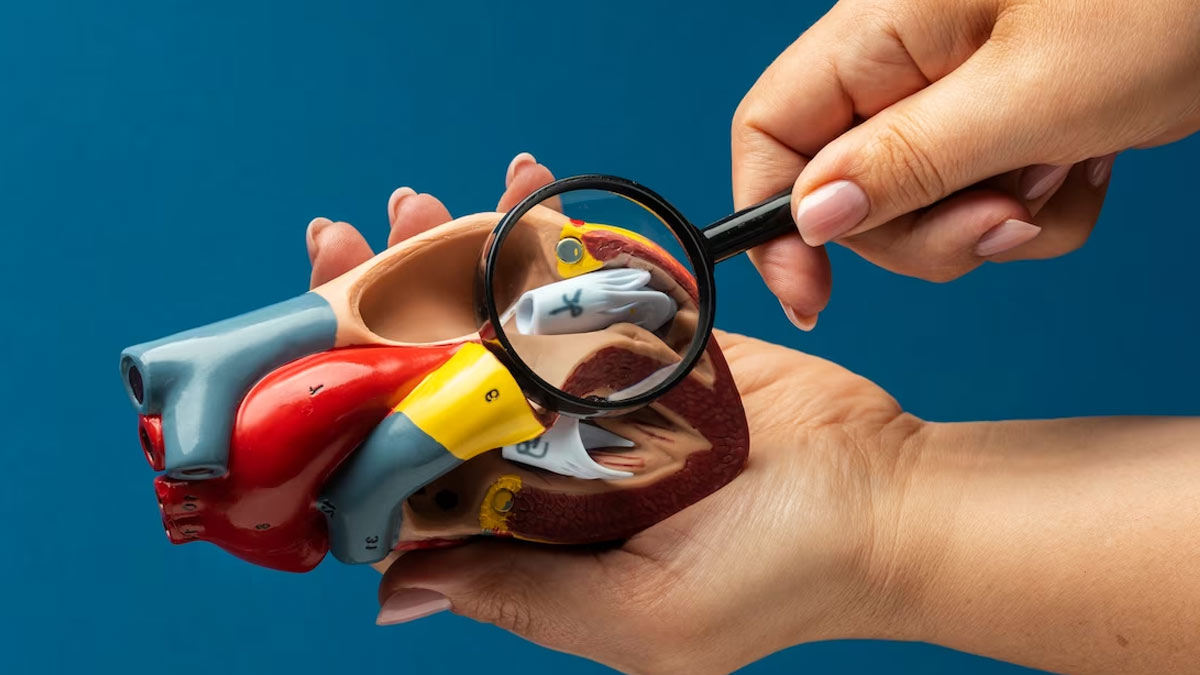
When it comes to cardiovascular health, not all conditions are as instantly recognisable as the dreadful heart attack. There are certain diseases like aortic aneurysm which manifest silently, an often ignored yet potent threat to our heart's main channel, which is called aorta.
Table of Content:-
The life-bearing aorta and its vulnerabilities
A marvel of human anatomy, the aorta is not just a vessel; it's a lifeline, transferring oxygen-rich blood from the heart to crucial organs—brain, kidneys, limbs, and more. With such a pivotal role, it’s no surprise that any disruption or weakness can trigger catastrophic outcomes.

Yet, it's the quiet nature of the aortic aneurysm, a ballooning of the aortic wall, that makes it so insidious. While there are a number of causes, including inherent tissue weaknesses, infections, or the relentless pressure from blood flow, especially above a narrowed aortic valve, can give birth to this condition, its silent evolution remains a primary concern.
Dr. Niranjan Hiremath, cardiovascular and aortic surgeon at Apollo Indraprastha, sheds light on the matter, saying, "Despite its prevalence, an aortic aneurysm is often a silent spectator. Nearly 70-75% of those affected exhibit no outward symptoms."
Symptoms And Diagnosis
An aortic aneurysm under 4 centimetres in diameter might lie dormant without raising any flags. Yet, once it surpasses this limit, the scenario alters dramatically. Manifestations can range from chest pain, which might also make its presence felt in the back.

"Remarkably, routine health checks are where most aortic aneurysms get unveiled," states Dr. Hiremath. In an Indian context, a measurement exceeding 4.5 centimetres typically demands medical attention. And while aortic aneurysms can appear anywhere along the vessel, those occurring in the stomach bear the specific title of abdominal aortic aneurysms.
What Exactly Is The Risk Factor Of Aneurysm
Identifying those at risk is paramount. While the roster includes smoking, family history, chest trauma, and particular genetic conditions, chronic hypertension stands out as an ominous contender in this line-up.
Also read: Changes To Bring Into Your Life After Surviving A Heart Attack
"Given the silent onset of aortic aneurysms, early detection through screening, especially for those at risk, isn't just advisable—it's vital," emphasises Dr. Hiremath.
The treatment matrix: Intervening the aortic crisis
Upon diagnosis, treatment paths vary. Addressing an aortic aneurysm isn't a straightforward affair but demands a tailored approach. The problem is fundamentally mechanical, centred on the aorta's diameter. Solutions range from surgical interventions, like aorta replacements, to non-surgical ones like stent placements, effectively sidelining the aneurysm.
If left unattended, these aneurysms can be ticking time bombs. Their unrelenting growth trajectory can culminate in either rupture or a more terrifying scenario: aortic dissection. The latter sees the aorta's wall tear, a situation as alarming as it sounds. Both are not just serious but lethal, jeopardising blood flow and escalating the risks of strokes, multi-organ damage, and in numerous cases, sudden death.
A proactive stance: Prevention over cure
When combatting aortic aneurysm, the mantra is unequivocal: prevention is the best cure. For those aged 35-40 and above, regular screenings, often facilitated through simple ultrasounds or echocardiograms, can detect most aneurysms. This is especially poignant given the condition's silent nature.
Also read: Can Your Acidity Be A Sign Of Heart Attack? A Doctor Answers
Dubbed the 'silent assassin,' the aortic aneurysm’s clandestine existence accentuates the need for early detection. "It's crucial for our nation to come to terms with the silent, yet prevalent nature of aortic ailments," Dr. Hiremath asserts. "They rank second only to coronary artery and valve diseases in commonality."
Also watch this video
How we keep this article up to date:
We work with experts and keep a close eye on the latest in health and wellness. Whenever there is a new research or helpful information, we update our articles with accurate and useful advice.
Current Version
